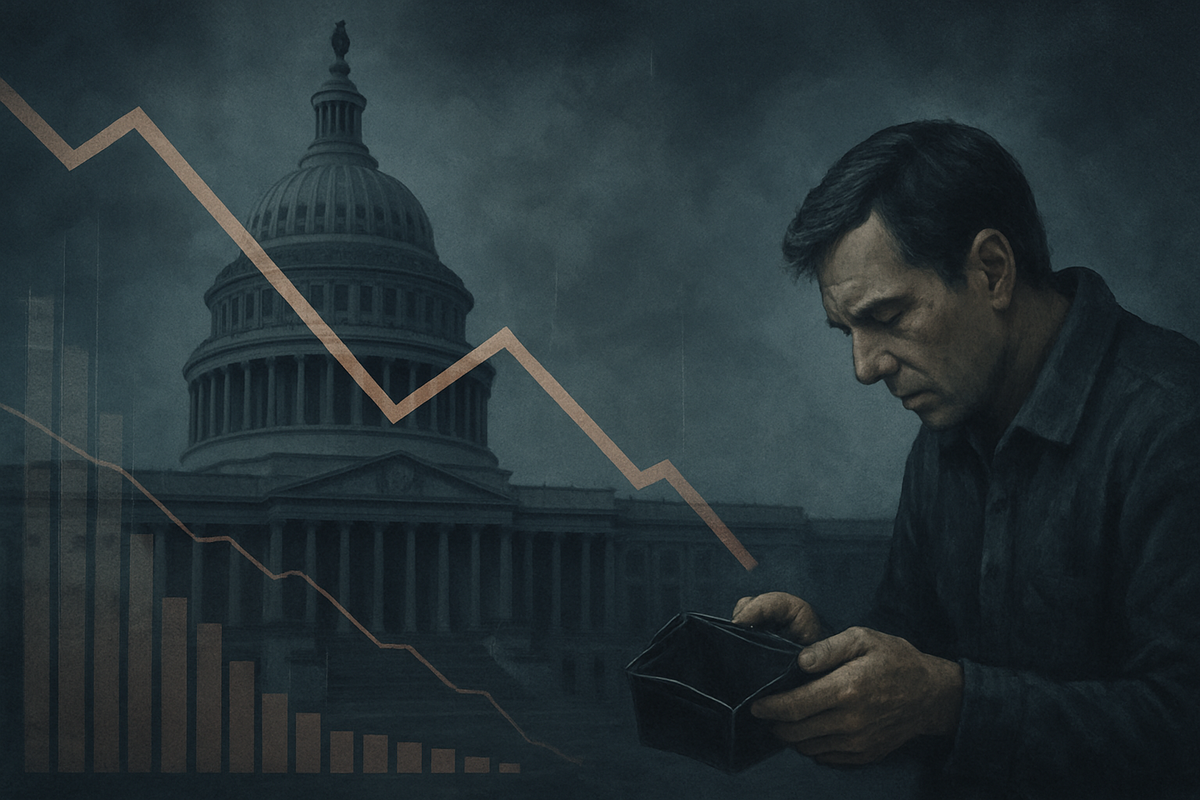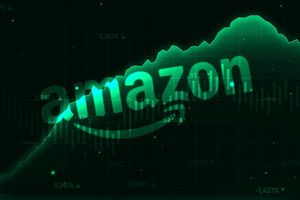
The United States is grappling with the severe economic fallout of a prolonged government shutdown, now stretching through the entire month of October 2025. With federal operations curtailed and hundreds of thousands of workers furloughed, financial institutions like BMO are sounding alarms about a potentially significant and lasting drag on the nation's economy. This impasse, rooted in deep political divisions over federal spending, is not merely a temporary inconvenience but a growing threat to GDP growth, consumer confidence, and the stability of various critical sectors.
The current shutdown, already among the longest in U.S. history, is risking a more meaningful economic downturn than previous events, according to BMO Economics. Analysts point to the sheer scale of the disruption, with an estimated 750,000 federal workers facing furloughs—more than double the number affected by the 2018-2019 shutdown. The absence of comprehensive appropriation bills for numerous departments means a broad cessation of non-essential services, from national parks to crucial regulatory functions, creating a ripple effect across the economy.
A Nation on Hold: The Anatomy of a Stalled Government
The genesis of this current crisis lies in the failure of Congress to pass legislation funding federal government operations for the new fiscal year, or even a temporary continuing resolution. Political disagreements over spending levels and specific policy riders have led to an intractable stalemate between the legislative and executive branches. This lack of agreement by the October 1st deadline triggered the widespread closure of non-essential government functions.
As the weeks have worn on, the immediate implications have become stark. Federal agencies like the Bureau of Labor Statistics have suspended operations, delaying the release of vital economic data such as the monthly jobs report and the Consumer Price Index (CPI). This data vacuum severely impairs the Federal Reserve's ability to accurately assess economic conditions and make informed monetary policy decisions, increasing the risk of policy errors. Moreover, the income shock to furloughed federal workers and government contractors is estimated to be substantial, contributing to a noticeable dip in consumer confidence, which has fallen to its lowest levels since April. Key stakeholders involved include the President, congressional leaders from both major parties, federal employees, government contractors, and the millions of Americans who rely on federal services, from passport processing to food assistance programs.
Navigating the Economic Minefield: Winners and Losers
The prolonged shutdown creates a distinct landscape of economic winners and losers, though the "winners" are often those merely less impacted rather than genuinely benefiting. The most immediate and significant losers are the nearly 750,000 furloughed federal employees and countless government contractors. Companies heavily reliant on federal contracts, particularly in defense, IT services, and consulting, face immediate revenue losses and project delays. For instance, major defense contractors like Lockheed Martin (NYSE: LMT) and Boeing (NYSE: BA), while having long-term contracts, can experience payment delays and project slowdowns for government-funded initiatives. IT service providers like Leidos Holdings (NYSE: LDOS) and Booz Allen Hamilton (NYSE: BAH), which have substantial federal government business, face significant operational challenges and financial uncertainty due to stalled projects and delayed payments.
Small businesses, especially those that serve federal employees or rely on government permits and loans, are also highly vulnerable. The suspension of Small Business Administration (SBA) loan processing and delays in permits can halt growth and even threaten solvency for many. The housing market is also feeling the pinch, with USDA loans, crucial for first-time homebuyers in rural areas, being frozen, and disruptions to the National Flood Insurance Program. Conversely, companies in sectors less dependent on direct government interaction or those providing essential services that remain operational might be relatively insulated. However, even these businesses can suffer from the broader decline in consumer spending and confidence. Retailers and hospitality businesses in areas with a high concentration of federal workers, for example, are experiencing reduced foot traffic and sales.
Broader Ripples and Historical Echoes
The current government shutdown fits into a broader trend of increasing political polarization leading to legislative impasses, but its duration and scope in October 2025 make it particularly concerning. The economic drag, estimated by BMO to reduce annualized quarterly real GDP growth by 0.1 to 0.2 percentage points for each week of closure, could transform from a temporary disruption into a lasting impediment to economic recovery, especially given existing global economic headwinds. The Congressional Budget Office (CBO) has previously noted that even after a shutdown ends, some GDP loss is permanent, citing a $3 billion permanent loss from the 2018-2019 shutdown. More recent CBO analysis suggests that a prolonged shutdown could reduce Q4 2025 annualized real GDP growth by 1.0 to 2.0 percentage points, with billions unrecovered.
The ripple effects extend beyond direct federal spending. Delays in regulatory approvals can stifle innovation and investment across various industries. For example, pharmaceutical companies like Pfizer (NYSE: PFE) or biotech firms awaiting FDA approvals could see their product launches delayed. Environmental impact assessments for infrastructure projects could be stalled, affecting construction companies like Caterpillar (NYSE: CAT) and impacting broader economic development. Historically, significant shutdowns, such as the 35-day impasse in 2018-2019, the 21-day shutdown in 1995-1996, and the 16-day event in 2013, demonstrated similar patterns of economic disruption, albeit often on a smaller scale than the current situation. The present shutdown's length now ranks it as the second-longest in U.S. history, amplifying concerns about its ultimate economic toll.
The Path Forward: Scenarios and Strategic Shifts
As the shutdown persists, the short-term outlook remains uncertain, contingent on a political resolution. Potential scenarios range from a swift agreement, which would allow for a relatively quick economic rebound as back pay is issued and services resume, to a more protracted standoff that could push the economy closer to recessionary territory. In the long term, businesses may be forced to adapt by diversifying their client base away from heavy government reliance or building larger cash reserves to weather future political uncertainties. Government contractors might explore international markets or pivot to private sector clients to mitigate risk.
Market opportunities, though scarce, could emerge for companies providing services that help other businesses navigate regulatory complexities or manage cash flow during periods of government instability. However, the overarching challenge remains the heightened market volatility and a general climate of economic uncertainty that discourages investment and consumer spending. Investors will be closely watching for any signs of political compromise, as well as the resilience of consumer spending and labor market data (once available) to gauge the true depth of the economic drag.
A Critical Juncture for the U.S. Economy
In summary, the prolonged U.S. government shutdown in October 2025 represents a critical juncture for the nation's economy. The warnings from BMO and other financial analysts underscore the escalating risks of a lasting economic drag, impacting everything from GDP growth and consumer confidence to the operational stability of federal services and various private sectors. While many immediate effects, such as furloughed workers' wages, may eventually be recouped, the permanent loss of economic output and the erosion of confidence can have enduring consequences.
Moving forward, the market will remain highly sensitive to political developments in Washington. Investors should closely monitor the duration of the shutdown, any legislative proposals for resolution, and subsequent releases of key economic indicators once federal agencies are fully operational again. The event serves as a stark reminder of how political dysfunction can directly translate into tangible economic pain, highlighting the imperative for stable governance to ensure a robust and predictable economic environment.
This content is intended for informational purposes only and is not financial advice





